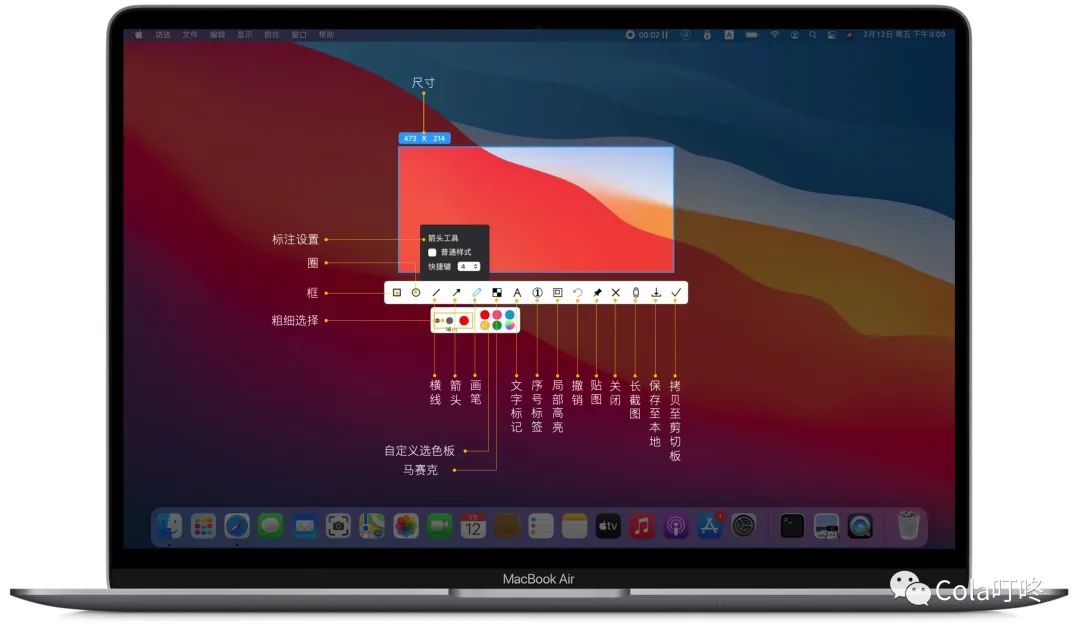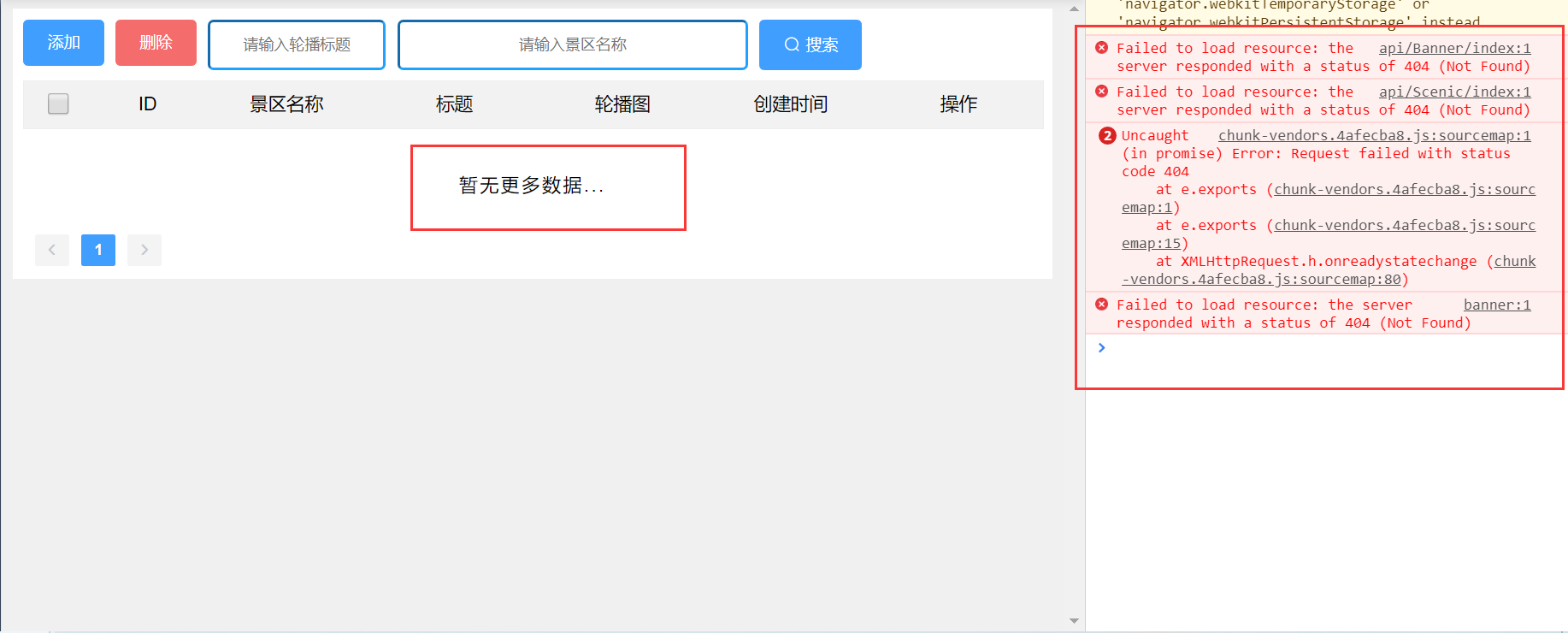由浅入深Netty简易实现RPC框架
目录
- 1 准备工作
- 2 服务器 handler
- 3 客户端代码第一版
- 4 客户端 handler 第一版
- 5 客户端代码 第二版
- 6 客户端 handler 第二版
1 准备工作

这些代码可以认为是现成的,无需从头编写练习
为了简化起见,在原来聊天项目的基础上新增 Rpc 请求和响应消息
@Datapublic abstract class Message implements Serializable {// 省略旧的代码public static final int RPC_MESSAGE_TYPE_REQUEST = 101;public static final int RPC_MESSAGE_TYPE_RESPONSE = 102;static {// ...messageClasses.put(RPC_MESSAGE_TYPE_REQUEST, RpcRequestMessage.class);messageClasses.put(RPC_MESSAGE_TYPE_RESPONSE, RpcResponseMessage.class);}}
请求消息
@Getter@ToString(callSuper = true)public class RpcRequestMessage extends Message {/*** 调用的接口全限定名,服务端根据它找到实现*/private String interfaceName;/*** 调用接口中的方法名*/private String methodName;/*** 方法返回类型*/private Class<?> returnType;/*** 方法参数类型数组*/private Class[] parameterTypes;/*** 方法参数值数组*/private Object[] parameterValue;public RpcRequestMessage(int sequenceId, String interfaceName, String methodName, Class<?> returnType, Class[] parameterTypes, Object[] parameterValue) {super.setSequenceId(sequenceId);this.interfaceName = interfaceName;this.methodName = methodName;this.returnType = returnType;this.parameterTypes = parameterTypes;this.parameterValue = parameterValue;}@Overridepublic int getMessageType() {return RPC_MESSAGE_TYPE_REQUEST;}}
响应消息
@Data@ToString(callSuper = true)public class RpcResponseMessage extends Message {/*** 返回值*/private Object returnValue;/*** 异常值*/private Exception exceptionValue;@Overridepublic int getMessageType() {return RPC_MESSAGE_TYPE_RESPONSE;}}
服务器架子
@Slf4jpublic class RpcServer {public static void main(String[] args) {NioEventLoopGroup boss = new NioEventLoopGroup();NioEventLoopGroup worker = new NioEventLoopGroup();LoggingHandler LOGGING_HANDLER = new LoggingHandler(LogLevel.DEBUG);MessageCodecSharable MESSAGE_CODEC = new MessageCodecSharable();// rpc 请求消息处理器,待实现RpcRequestMessageHandler RPC_HANDLER = new RpcRequestMessageHandler();try {ServerBootstrap serverBootstrap = new ServerBootstrap();serverBootstrap.channel(NioServerSocketChannel.class);serverBootstrap.group(boss, worker);serverBootstrap.childHandler(new ChannelInitializer<SocketChannel>() {@Overrideprotected void initChannel(SocketChannel ch) throws Exception {ch.pipeline().addLast(new ProcotolFrameDecoder());ch.pipeline().addLast(LOGGING_HANDLER);ch.pipeline().addLast(MESSAGE_CODEC);ch.pipeline().addLast(RPC_HANDLER);}});Channel channel = serverBootstrap.bind(8080).sync().channel();channel.closeFuture().sync();} catch (InterruptedException e) {log.error("server error", e);} finally {boss.shutdownGracefully();worker.shutdownGracefully();}}}
客户端架子
public class RpcClient {public static void main(String[] args) {NioEventLoopGroup group = new NioEventLoopGroup();LoggingHandler LOGGING_HANDLER = new LoggingHandler(LogLevel.DEBUG);MessageCodecSharable MESSAGE_CODEC = new MessageCodecSharable();// rpc 响应消息处理器,待实现RpcResponseMessageHandler RPC_HANDLER = new RpcResponseMessageHandler();try {Bootstrap bootstrap = new Bootstrap();bootstrap.channel(NioSocketChannel.class);bootstrap.group(group);bootstrap.handler(new ChannelInitializer<SocketChannel>() {@Overrideprotected void initChannel(SocketChannel ch) throws Exception {ch.pipeline().addLast(new ProcotolFrameDecoder());ch.pipeline().addLast(LOGGING_HANDLER);ch.pipeline().addLast(MESSAGE_CODEC);ch.pipeline().addLast(RPC_HANDLER);}});Channel channel = bootstrap.connect("localhost", 8080).sync().channel();channel.closeFuture().sync();} catch (Exception e) {log.error("client error", e);} finally {group.shutdownGracefully();}}}
服务器端的 service 获取
public class ServicesFactory {static Properties properties;static Map<Class<?>, Object> map = new ConcurrentHashMap<>();static {try (InputStream in = Config.class.getResourceAsStream("/application.properties")) {properties = new Properties();properties.load(in);Set<String> names = properties.stringPropertyNames();for (String name : names) {if (name.endsWith("Service")) {Class<?> interfaceClass = Class.forName(name);Class<?> instanceClass = Class.forName(properties.getProperty(name));map.put(interfaceClass, instanceClass.newInstance());}}} catch (IOException | ClassNotFoundException | InstantiationException | IllegalAccessException e) {throw new ExceptionInInitializerError(e);}}public static <T> T getService(Class<T> interfaceClass) {return (T) map.get(interfaceClass);}}
相关配置 application.properties
serializer.algorithm=Jsoncn.itcast.server.service.HelloService=cn.itcast.server.service.HelloServiceImpl
2 服务器 handler
@Slf4j@ChannelHandler.Sharablepublic class RpcRequestMessageHandler extends SimpleChannelInboundHandler<RpcRequestMessage> {@Overrideprotected void channelRead0(ChannelHandlerContext ctx, RpcRequestMessage message) {RpcResponseMessage response = new RpcResponseMessage();response.setSequenceId(message.getSequenceId());try {// 获取真正的实现对象HelloService service = (HelloService)ServicesFactory.getService(Class.forName(message.getInterfaceName()));// 获取要调用的方法Method method = service.getClass().getMethod(message.getMethodName(), message.getParameterTypes());// 调用方法Object invoke = method.invoke(service, message.getParameterValue());// 调用成功response.setReturnValue(invoke);} catch (Exception e) {e.printStackTrace();// 调用异常response.setExceptionValue(e);}// 返回结果ctx.writeAndFlush(response);}}
3 客户端代码第一版
只发消息
@Slf4jpublic class RpcClient {public static void main(String[] args) {NioEventLoopGroup group = new NioEventLoopGroup();LoggingHandler LOGGING_HANDLER = new LoggingHandler(LogLevel.DEBUG);MessageCodecSharable MESSAGE_CODEC = new MessageCodecSharable();RpcResponseMessageHandler RPC_HANDLER = new RpcResponseMessageHandler();try {Bootstrap bootstrap = new Bootstrap();bootstrap.channel(NioSocketChannel.class);bootstrap.group(group);bootstrap.handler(new ChannelInitializer<SocketChannel>() {@Overrideprotected void initChannel(SocketChannel ch) throws Exception {ch.pipeline().addLast(new ProcotolFrameDecoder());ch.pipeline().addLast(LOGGING_HANDLER);ch.pipeline().addLast(MESSAGE_CODEC);ch.pipeline().addLast(RPC_HANDLER);}});Channel channel = bootstrap.connect("localhost", 8080).sync().channel();ChannelFuture future = channel.writeAndFlush(new RpcRequestMessage(1,"cn.itcast.server.service.HelloService","sayHello",String.class,new Class[]{String.class},new Object[]{"张三"})).addListener(promise -> {if (!promise.isSuccess()) {Throwable cause = promise.cause();log.error("error", cause);}});channel.closeFuture().sync();} catch (Exception e) {log.error("client error", e);} finally {group.shutdownGracefully();}}}
4 客户端 handler 第一版
@Slf4j@ChannelHandler.Sharablepublic class RpcResponseMessageHandler extends SimpleChannelInboundHandler<RpcResponseMessage> {@Overrideprotected void channelRead0(ChannelHandlerContext ctx, RpcResponseMessage msg) throws Exception {log.debug("{}", msg);}}
5 客户端代码 第二版
包括 channel 管理,代理,接收结果
@Slf4jpublic class RpcClientManager {public static void main(String[] args) {HelloService service = getProxyService(HelloService.class);System.out.println(service.sayHello("zhangsan"));// System.out.println(service.sayHello("lisi"));// System.out.println(service.sayHello("wangwu"));}// 创建代理类public static <T> T getProxyService(Class<T> serviceClass) {ClassLoader loader = serviceClass.getClassLoader();Class<?>[] interfaces = new Class[]{serviceClass};// sayHello "张三"Object o = Proxy.newProxyInstance(loader, interfaces, (proxy, method, args) -> {// 1. 将方法调用转换为 消息对象int sequenceId = SequenceIdGenerator.nextId();RpcRequestMessage msg = new RpcRequestMessage(sequenceId,serviceClass.getName(),method.getName(),method.getReturnType(),method.getParameterTypes(),args);// 2. 将消息对象发送出去getChannel().writeAndFlush(msg);// 3. 准备一个空 Promise 对象,来接收结果 指定 promise 对象异步接收结果线程DefaultPromise<Object> promise = new DefaultPromise<>(getChannel().eventLoop());RpcResponseMessageHandler.PROMISES.put(sequenceId, promise);// promise.addListener(future -> {// // 线程// });// 4. 等待 promise 结果promise.await();if(promise.isSuccess()) {// 调用正常return promise.getNow();} else {// 调用失败throw new RuntimeException(promise.cause());}});return (T) o;}private static Channel channel = null;private static final Object LOCK = new Object();// 获取唯一的 channel 对象public static Channel getChannel() {if (channel != null) {return channel;}synchronized (LOCK) {// t2if (channel != null) {// t1return channel;}initChannel();return channel;}}// 初始化 channel 方法private static void initChannel() {NioEventLoopGroup group = new NioEventLoopGroup();LoggingHandler LOGGING_HANDLER = new LoggingHandler(LogLevel.DEBUG);MessageCodecSharable MESSAGE_CODEC = new MessageCodecSharable();RpcResponseMessageHandler RPC_HANDLER = new RpcResponseMessageHandler();Bootstrap bootstrap = new Bootstrap();bootstrap.channel(NioSocketChannel.class);bootstrap.group(group);bootstrap.handler(new ChannelInitializer<SocketChannel>() {@Overrideprotected void initChannel(SocketChannel ch) throws Exception {ch.pipeline().addLast(new ProcotolFrameDecoder());ch.pipeline().addLast(LOGGING_HANDLER);ch.pipeline().addLast(MESSAGE_CODEC);ch.pipeline().addLast(RPC_HANDLER);}});try {channel = bootstrap.connect("localhost", 8080).sync().channel();channel.closeFuture().addListener(future -> {group.shutdownGracefully();});} catch (Exception e) {log.error("client error", e);}}}
6 客户端 handler 第二版
@Slf4j@ChannelHandler.Sharablepublic class RpcResponseMessageHandler extends SimpleChannelInboundHandler<RpcResponseMessage> {// 序号 用来接收结果的 promise 对象public static final Map<Integer, Promise<Object>> PROMISES = new ConcurrentHashMap<>();@Overrideprotected void channelRead0(ChannelHandlerContext ctx, RpcResponseMessage msg) throws Exception {log.debug("{}", msg);// 拿到空的 promisePromise<Object> promise = PROMISES.remove(msg.getSequenceId());if (promise != null) {Object returnValue = msg.getReturnValue();Exception exceptionValue = msg.getExceptionValue();if(exceptionValue != null) {promise.setFailure(exceptionValue);} else {promise.setSuccess(returnValue);}}}}



































还没有评论,来说两句吧...